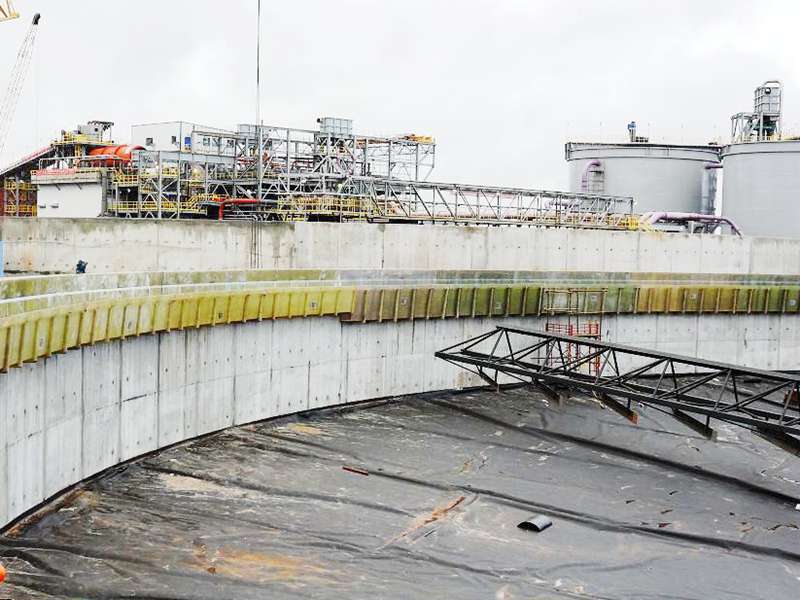
-
 Afrikaans
Afrikaans -
 Albanian
Albanian -
 Amharic
Amharic -
 Arabic
Arabic -
 Armenian
Armenian -
 Azerbaijani
Azerbaijani -
 Basque
Basque -
 Belarusian
Belarusian -
 Bengali
Bengali -
 Bosnian
Bosnian -
 Bulgarian
Bulgarian -
 Catalan
Catalan -
 Cebuano
Cebuano -
 China
China -
 China (Taiwan)
China (Taiwan) -
 Corsican
Corsican -
 Croatian
Croatian -
 Czech
Czech -
 Danish
Danish -
 Dutch
Dutch -
 English
English -
 Esperanto
Esperanto -
 Estonian
Estonian -
 Finnish
Finnish -
 French
French -
 Frisian
Frisian -
 Galician
Galician -
 Georgian
Georgian -
 German
German -
 Greek
Greek -
 Gujarati
Gujarati -
 Haitian Creole
Haitian Creole -
 hausa
hausa -
 hawaiian
hawaiian -
 Hebrew
Hebrew -
 Hindi
Hindi -
 Miao
Miao -
 Hungarian
Hungarian -
 Icelandic
Icelandic -
 igbo
igbo -
 Indonesian
Indonesian -
 irish
irish -
 Italian
Italian -
 Japanese
Japanese -
 Javanese
Javanese -
 Kannada
Kannada -
 kazakh
kazakh -
 Khmer
Khmer -
 Rwandese
Rwandese -
 Korean
Korean -
 Kurdish
Kurdish -
 Kyrgyz
Kyrgyz -
 Lao
Lao -
 Latin
Latin -
 Latvian
Latvian -
 Lithuanian
Lithuanian -
 Luxembourgish
Luxembourgish -
 Macedonian
Macedonian -
 Malgashi
Malgashi -
 Malay
Malay -
 Malayalam
Malayalam -
 Maltese
Maltese -
 Maori
Maori -
 Marathi
Marathi -
 Mongolian
Mongolian -
 Myanmar
Myanmar -
 Nepali
Nepali -
 Norwegian
Norwegian -
 Norwegian
Norwegian -
 Occitan
Occitan -
 Pashto
Pashto -
 Persian
Persian -
 Polish
Polish -
 Portuguese
Portuguese -
 Punjabi
Punjabi -
 Romanian
Romanian -
 Russian
Russian -
 Samoan
Samoan -
 Scottish Gaelic
Scottish Gaelic -
 Serbian
Serbian -
 Sesotho
Sesotho -
 Shona
Shona -
 Sindhi
Sindhi -
 Sinhala
Sinhala -
 Slovak
Slovak -
 Slovenian
Slovenian -
 Somali
Somali -
 Spanish
Spanish -
 Sundanese
Sundanese -
 Swahili
Swahili -
 Swedish
Swedish -
 Tagalog
Tagalog -
 Tajik
Tajik -
 Tamil
Tamil -
 Tatar
Tatar -
 Telugu
Telugu -
 Thai
Thai -
 Turkish
Turkish -
 Turkmen
Turkmen -
 Ukrainian
Ukrainian -
 Urdu
Urdu -
 Uighur
Uighur -
 Uzbek
Uzbek -
 Vietnamese
Vietnamese -
 Welsh
Welsh -
 Bantu
Bantu -
 Yiddish
Yiddish -
 Yoruba
Yoruba -
 Zulu
Zulu
anchoring, drilling rods, and bits for efficient and precise
Anchoring, Drilling Rods, and Bits for Efficient and Precise Operations
In the world of construction and geological exploration, the significance of anchoring, drilling rods, and bits cannot be overstated. These tools and techniques are essential for ensuring that projects are executed efficiently and with the utmost precision. Understanding their roles, functionalities, and advancements can provide insights into how industries can benefit from modern technology while adhering to traditional practices.
The Importance of Anchoring
Anchoring is a critical aspect of any drilling operation. Whether in construction, mining, or environmental studies, anchors serve the primary purpose of stabilizing the equipment and preventing structural failure. They provide the necessary resistance against various forces that act on the drilled formations, such as soil movement, water pressure, and other environmental factors. This stability is crucial for ensuring the safety and effectiveness of drilling operations.
Modern advancements in anchoring technology, including the use of high-strength steel and innovative design methodologies, have significantly improved the efficacy of anchoring systems. These advancements allow for deeper and more challenging drilling applications, which can lead to more successful outcomes in terms of data collection and resource extraction. Moreover, sophisticated anchoring systems can enhance the accuracy of drilling by minimizing vibrations and maintaining the necessary alignment throughout the drilling process.
The Role of Drilling Rods
Drilling rods act as the connecting link between the drilling equipment and the drill bit. Made from high-grade materials, these rods are designed to withstand immense pressure and torsion while ensuring that the energy is effectively transmitted from the rig to the bit. The choice of drilling rods often depends on the specific application, with considerations for depth, geological conditions, and the type of material being drilled.
Recent innovations in drilling rod technology have led to the development of lightweight yet durable materials. These advancements not only reduce the overall weight of the drilling assembly but also improve maneuverability and transportation efficiency. Furthermore, advanced coupling systems have been introduced to enhance the joint integrity between rods, allowing for longer reaches and minimized downtime during drilling operations.
anchoring, drilling rods, and bits for efficient and precise

Precision Drilling with Advanced Bits
The drill bit is arguably the most critical component of the drilling process. Its design directly influences the efficiency and precision of drilling operations. There are various types of drill bits tailored for specific applications, including roller cone bits, diamond bits, and hollow bits, each offering distinct advantages depending on the geological conditions encountered.
Recent advancements have focused on enhancing the durability and cutting efficiency of bits. Technologies such as polycrystalline diamond composite (PDC) have emerged, providing longer life spans and improved performance in challenging drilling environments. Additionally, the integration of sensors within drill bits allows for real-time monitoring of performance metrics. This data-driven approach enables operators to make informed decisions, optimizing drilling parameters and prolonging the life of the bit.
Combining Technologies for Enhanced Results
The interplay between anchoring, drilling rods, and bits creates a comprehensive system that enhances the overall productivity of drilling operations. By integrating modern technologies—such as automated monitoring systems, machine learning algorithms for predictive maintenance, and advanced material sciences—industries can achieve unprecedented levels of precision and efficiency.
Moreover, the continuous evolution of these tools not only aids in resource extraction but also plays a vital role in environmental protection. For instance, by utilizing more precise drilling techniques, the disturbance to surrounding ecosystems can be minimized, leading to more sustainable practices.
Conclusion
Anchoring, drilling rods, and bits are the backbone of efficient and precise drilling operations across various industries. As technology continues to evolve, the possibilities for enhancing these tools grow exponentially, facilitating a future where construction and exploration can be conducted with greater accuracy and less environmental impact. By embracing these advancements, industries can ensure that they remain competitive while also contributing to sustainable development practices.









